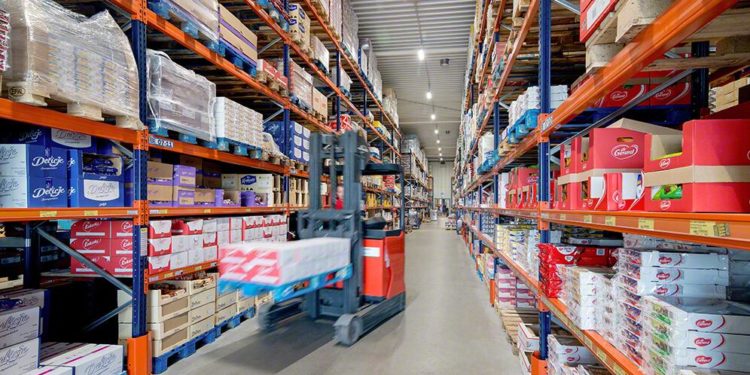In the past year, Kenya, according to Kenya National Bureau of statistics, has seen a significant drop in wholesale prices of goods and services, falling into negative territory at -1.8% from 11.4% in the same period in 2023. This deflation, last seen in 2016, suggests a general decline in producer prices by 1.8%, pointing to reduced demand.
In the first quarter of 2024, the Producer Price Index (PPI) registered at 7.4%. The cooling inflationary pressures are partly due to the Central Bank of Kenya’s progressive rate hikes towards the end of 2023, which continued into 2024, along with the strengthening of the Kenyan shilling.
Food production costs fell by 11.5% year-on-year, thanks to sufficient rains that replenished the supply of staple raw materials. The most significant price drop over the past year was in clothing manufacturing, which saw a decrease of 19.3%.
Conversely, the highest price increases over the past year were recorded in the manufacture of non-metallic mineral products and basic metals, which rose by 34.2% and 25.5%, respectively. Additionally, electricity supply costs declined by 5.6%, reflecting reduced fuel costs for production and a stronger shilling.
According to the Kenya National Bureau of Statistics (KNBS), overall producer prices in the second quarter of 2024 fell by 4.7% compared to March 2024. During the same period, wood product manufacturing saw the highest price increase of 4.7%, while metal ore mining experienced the most significant price decline at 16.9%.
The PPI, which tracks price changes for goods and services at the producer level, decreased from 140.4 in June 2023 to 137.89 in June 2024. Despite these changes, consumer price inflation remained steady at 4.6% in June.
Understanding the Indices
The PPI measures costs incurred by manufacturers for supplies like fuel, packaging, and production, which are often passed on to consumers, providing insight into rising or falling inflation. While the PPI and Consumer Price Index (CPI) may show similar trends over time, short-term differences can occur due to distribution costs, taxes, and subsidies.
Recent protests have added uncertainty to consumer spending and overall business activity, as consumers delay their purchases amidst the unrest.
















